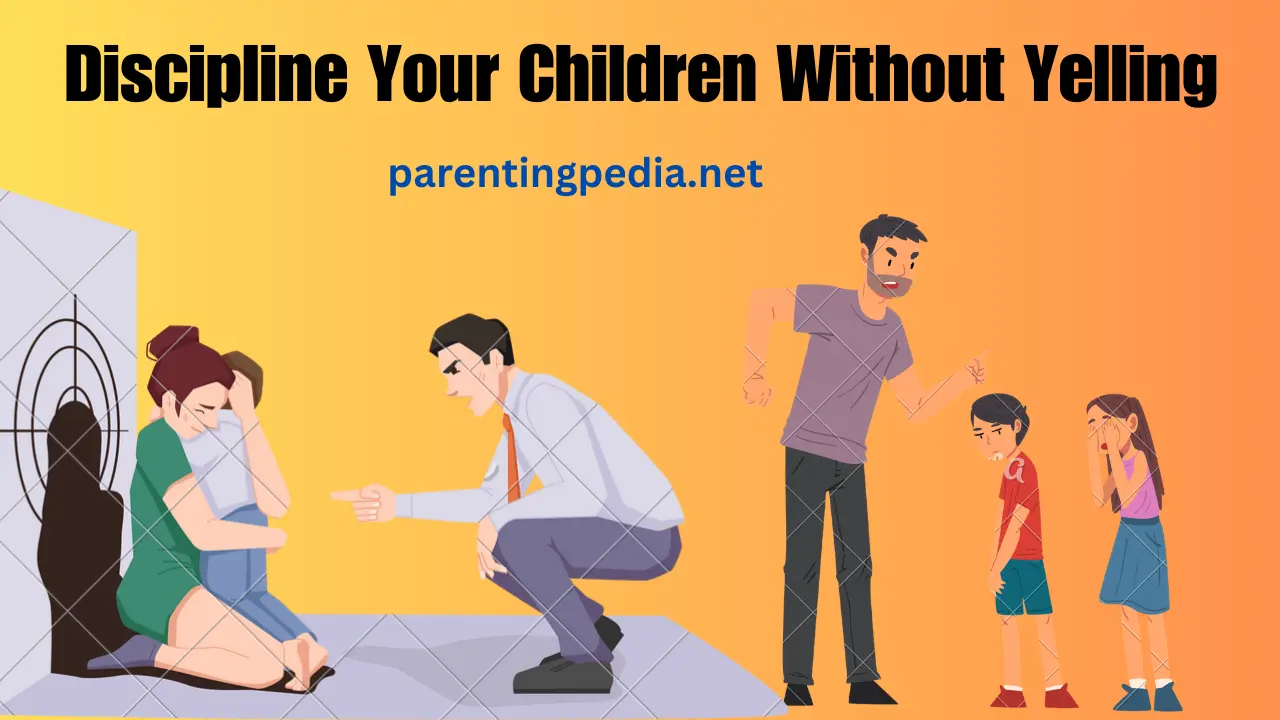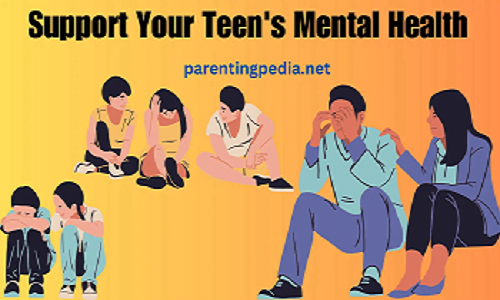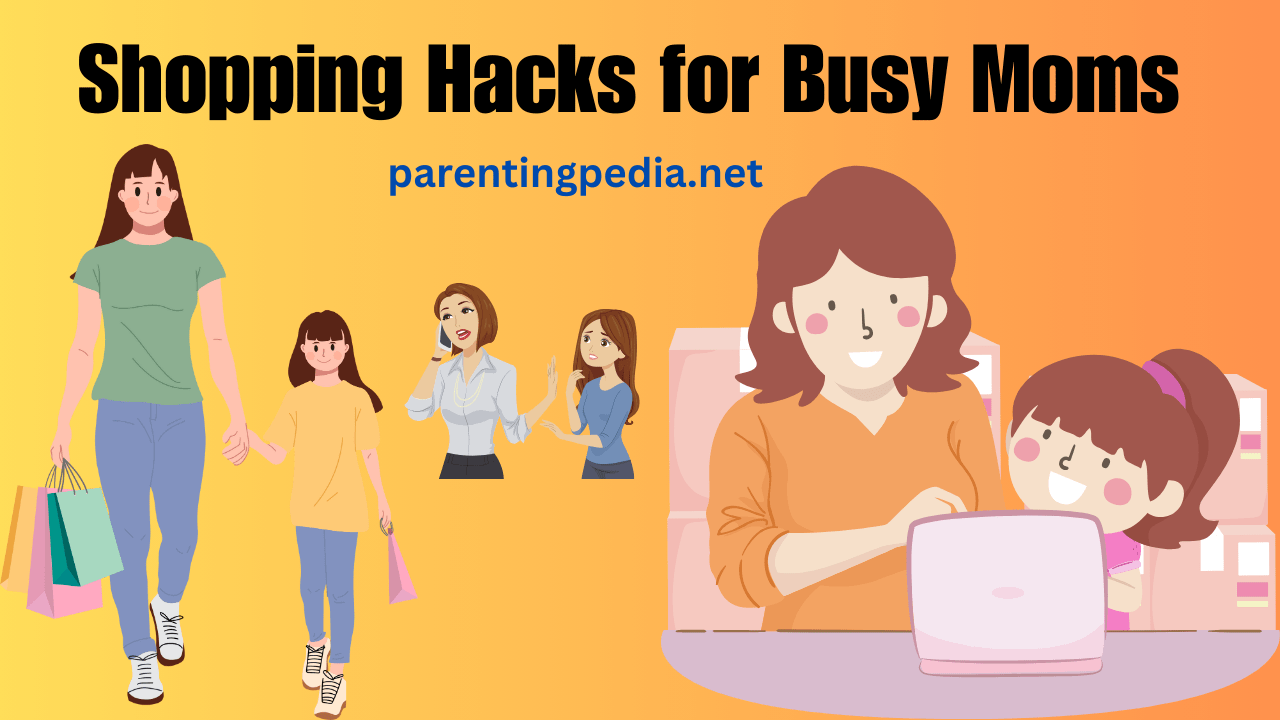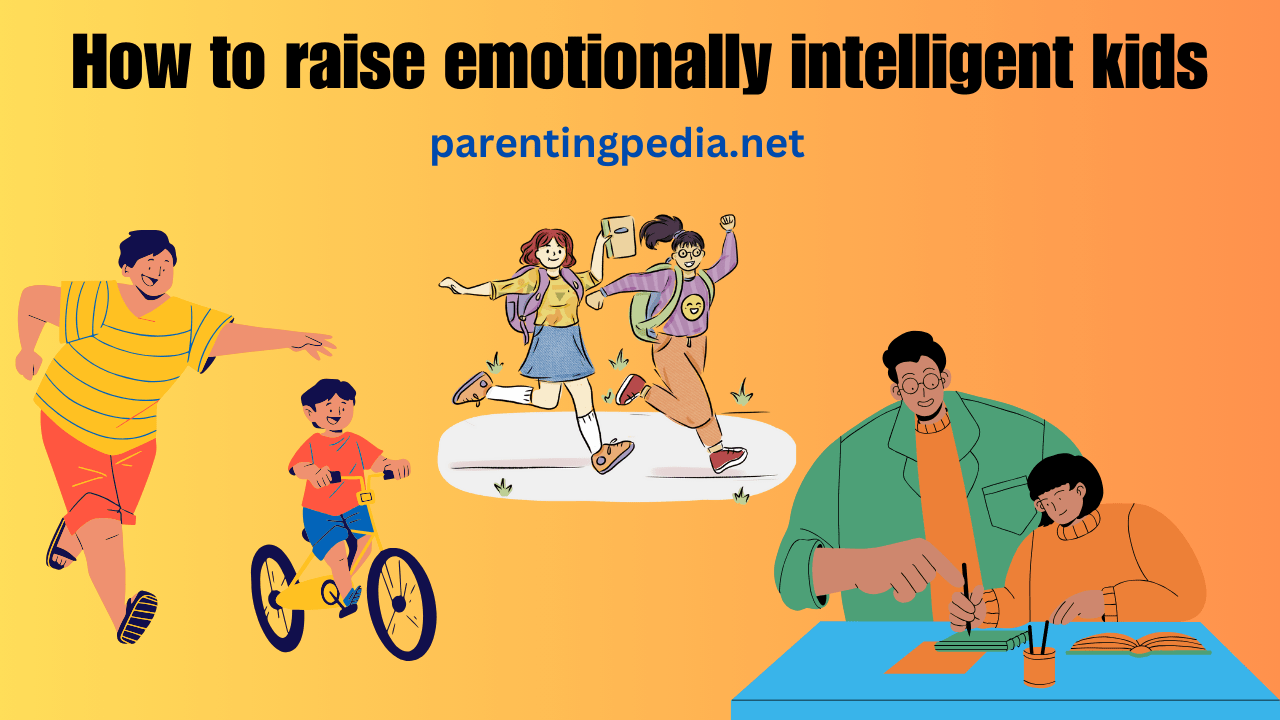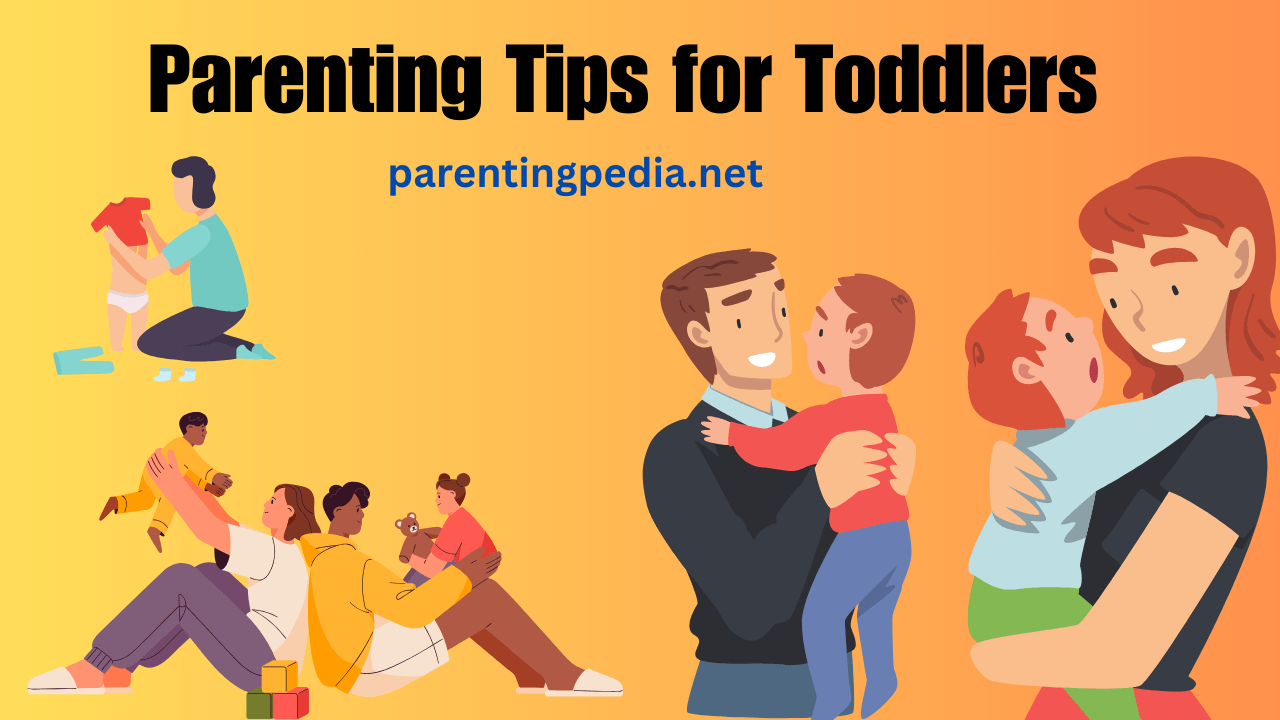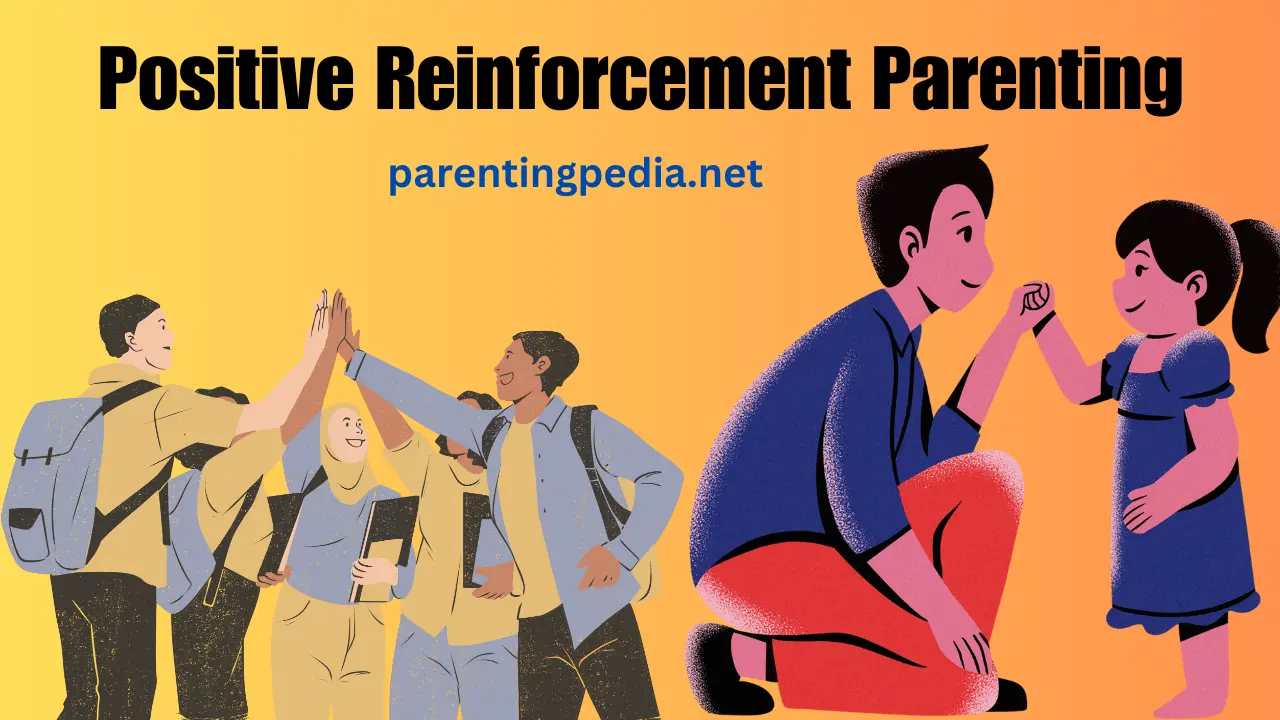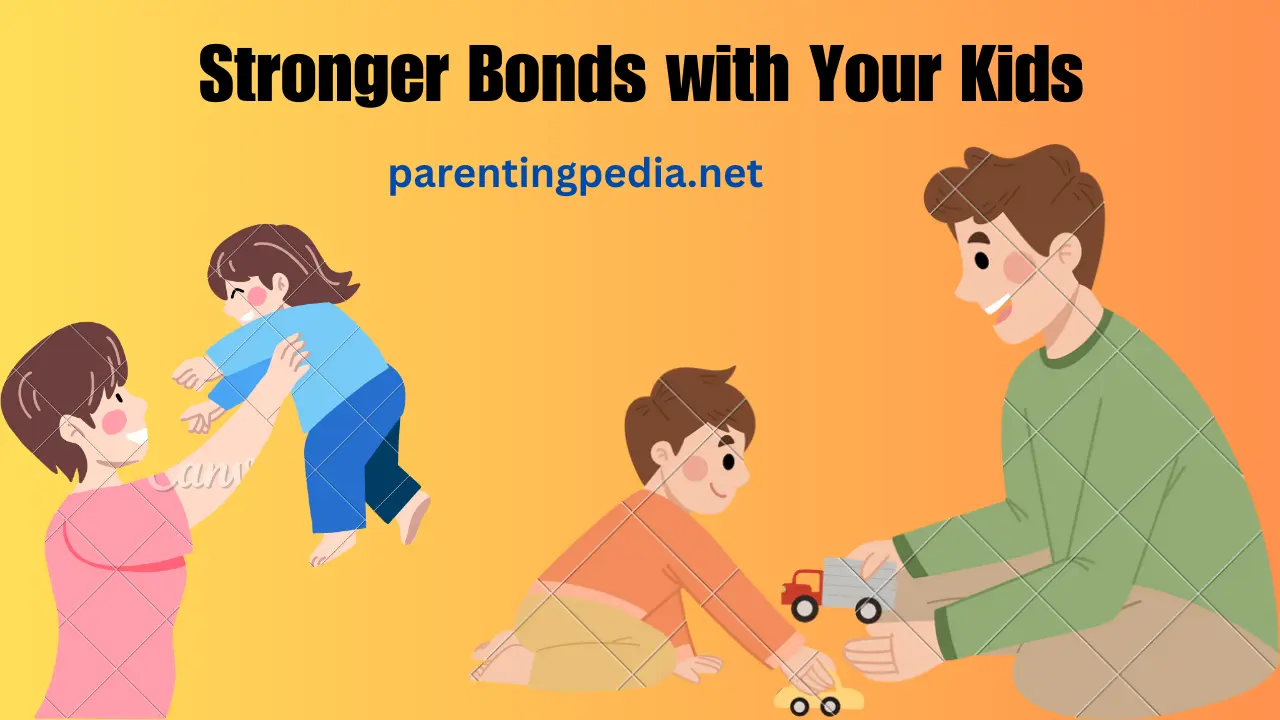Being a busy parent is no easy feat, and for busy moms, the struggle is real. Between juggling work, household chores, and ensuring your little ones are thriving, it’s easy to feel overwhelmed. But fear not, because we’ve got you covered with 10 time-saving mom hacks that will make your life a whole lot easier. So, take a deep breath, grab a cup of coffee, and let’s dive into these practical and Spartan life hacks that Every Busy Mom Should Know These 10 Essential Parenting Hacks.
These 10 Essential Parenting Hacks
The 10-Minute Meal Plan-Mom:
Life’s hectic, and spending hours in the kitchen is the last thing any busy mom wants. That’s why I’m excited to introduce the 10-minute meal plan hack. Instead of stressing over last-minute grocery store runs and chaotic dinner times, take a solid 10 minutes to plan your meals for the week. Make a list of wholesome ingredients, create a high-quality chart, and stick to it. This way, you’ll not only save time but also ensure your family loves the nutritious dinners you prepare.
Efficient Laundry Routine:
Laundry is a constant battle for moms, but you can make life much easier with a few handy hacks. Invest in a good laundry app that helps you organize and streamline your laundry routine. Set reminders for when to switch loads or fold clothes, and watch how much time you save. Additionally, teach the kids to rotate items like bedsheets and towels, lightening the laundry load for everyone.
Time-Saving Dishwasher Hacks:
The dishwasher is a busy mom’s best friend, but let’s take it up a notch with some time-saving tips. Instead of spending precious minutes scrubbing dishes, use high-quality dish soap and load the dishwasher strategically. Don’t waste time pre-rinsing; simply scrape off excess food, load, and let the dishwasher work its magic. This hack not only saves time but also leaves you with more quality time to spend with your family.

15-Minute Self-Care:
Amidst the chaos, don’t forget about yourself. Taking care of your well-being is essential for maintaining sanity. Set aside 15 minutes each day for self-care. Whether it’s reading a book, practicing yoga, or enjoying a quick bath, these short breaks can make a significant difference. Moms often neglect self-care, but this simple hack can leave you feeling happier, more focused, and ready to tackle the next challenge.
Streamlined Grocery Shopping:
The grocery store can be a stressful experience for any busy mom, but it doesn’t have to be. Make a list before heading out, and stick to it. Use a timer to limit your time in the store, preventing last-minute impulse buys. Opt for grocery shopping apps that offer tutorials on efficient shopping and help you get in and out in record time. This hack ensures you spend less time at the store and more time with your loved ones.
Quick Bedtime Routine:
Getting the kids to bed can be a chaotic experience, but with a solid bedtime routine, you can turn it into a breeze. Create a routine that includes activities like reading a story, brushing teeth, and setting a timer for lights out. This not only helps in establishing a sense of structure but also ensures everyone gets a good night’s sleep. Say goodbye to bedtime battles, and hello to a peaceful evening.
DIY Solid Ice Cream Prep:
For those moments when you’re craving a sweet treat, but don’t want to go crazy with the calories or spend hours in the kitchen, try this solid ice cream prep hack. Make your own wholesome and delicious ice cream at home using simple ingredients. All you need is a blender, your favorite fruits, and a few minutes of prep time. This way, you can satisfy your sweet tooth without compromising on health or time.
Handy Diaper Changing Station:
Diaper changes can be a messy affair, but with a well-organized diaper changing station, you’ll save time and avoid unnecessary stress. Keep diapers, wipes, and other essentials within easy reach. Set up designated bins for dirty diapers and laundry detergent to make clean-up a breeze. This hack ensures you spend less time fumbling for supplies and more time focusing on your little one.
Trash Rotation System:
Taking out the trash is a chore no one likes, but with a simple rotation system, it becomes much more manageable. Instead of waiting until the garbage is overflowing, designate specific days for trash disposal. This way, you’ll have a routine in place, making it a quick and efficient task. It may seem like a small detail, but it contributes to a more organized and stress-free household.
Quality Time with Quick Activities:
Spending quality time with your family doesn’t have to involve elaborate plans. Embrace quick activities that strengthen your bond without requiring a significant time investment. Whether it’s a short walk, a game of charades, or a family movie night, these moments add up. Moms often find themselves caught up in a whirlwind of tasks, but by incorporating these quick and enjoyable activities, you’ll create lasting memories without sacrificing your time.
Conclusion:
Life as a busy mom is undoubtedly challenging, but with these 10 essential parenting hacks, you can make it a bit more manageable. From time-saving meal plans to streamlined laundry routines and quick self-care breaks, these hacks are designed to help you navigate the chaos of motherhood with Spartan efficiency. So, take a deep breath, implement these hacks into your daily routine, and watch as you reclaim precious moments to spend with your family. Remember, it’s not about doing more; it’s about doing what matters most.
FAQs
How can I make parenting easier?
The best ways to make parenting easier are mainly this 3 points
1. Prioritize self-care to maintain your well-being.
2. Establish routines for predictability and structure.
3. Seek support from family, friends, or parenting groups.
What kids need most from parents?
Children grow well when they receive love and affection, essential for their emotional growth. Providing attention and being present offers them reassurance and a feeling of safety. Setting clear boundaries and offering guidance aids in their responsible development. Positive role modeling and open communication are key to nurturing trust and fostering healthy relationships.
What is the most successful parenting style?
The most successful parenting style balances warmth and responsiveness with clear expectations and boundaries. This authoritative approach encourages independence while maintaining a supportive environment, promoting positive behavior and emotional development in children.
What is the key to successful parenting?
Mainly the key to successful parenting lies in communication, consistency, and empathy.
Understand and follow this 3 major points and surely you will really enjoy your parenting journey.
Remember, the greatest reward of parenting lies in watching
your children soar with love and confidence.
Till then keep smiling and be happy
🎉 Score Freebies by Completing Fun Offers – Start Now!
Worth Reading
- Best of the web, when you’re a teen, asks for non-alcoholic beer and more
- Choosing the Best Musical Instrument for Children to Learn
- Finding Balance Becoming a Screen Smart Family
- When Life Sucks: A Conversation with Psychiatrist and Comedian Dr. Jo Prendergast
- Getting kids to talk about their feelings
- The case for banning corporal punishment of kids
- How Parents Can Help Kids Make Good Friends
- 13 Reasons Why? What Every Parent Needs to Know
- How to Get Your Teenager Off the Couch
- The Two Most Important Things You Can Say to Your Child
- 10 Tips to Help Your Teen Out of the Procrastination Trap
- Is your child being bullied, how parents can help?
- Taking care of emotions a guide for parents and their kids
- Getting Involved Parents Making a Difference
- How to manage your child’s self-criticism


